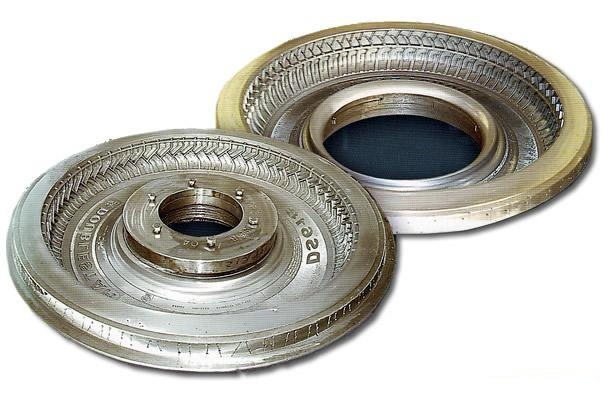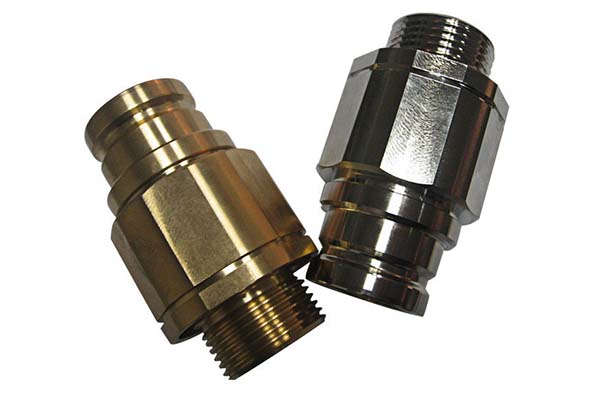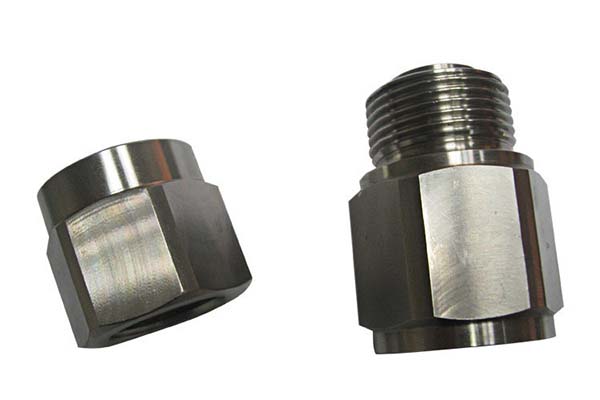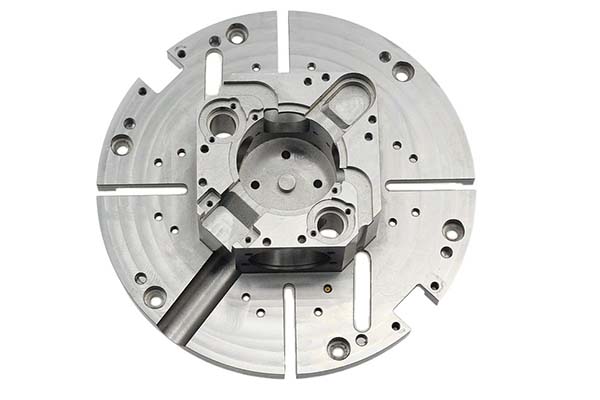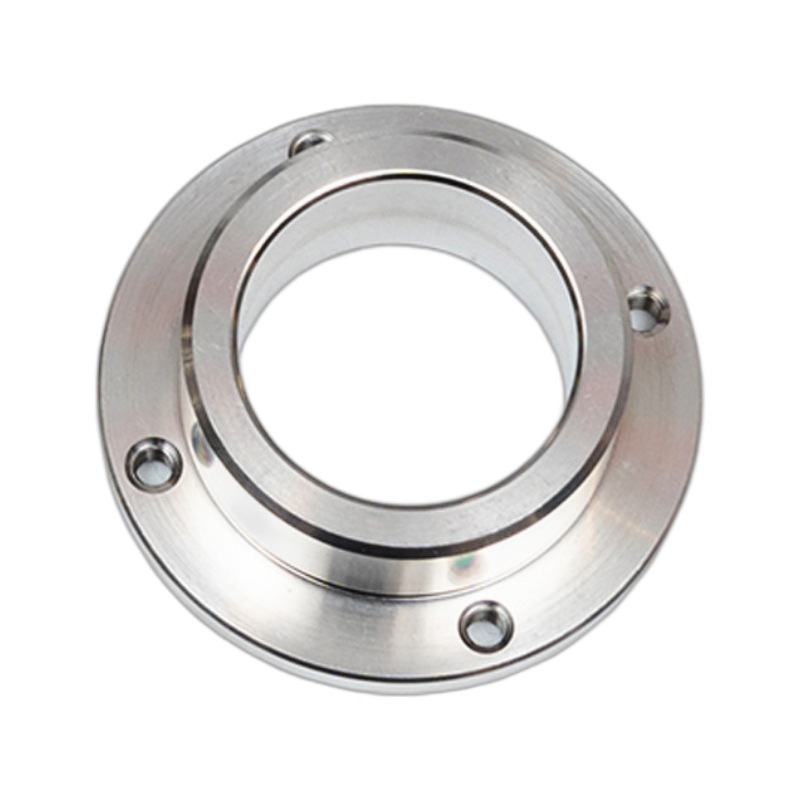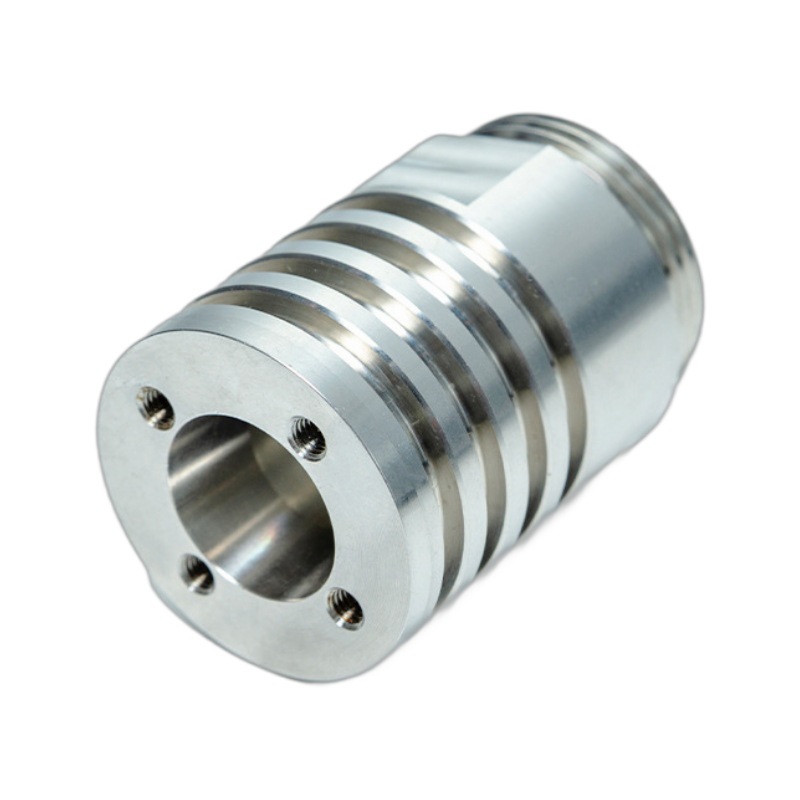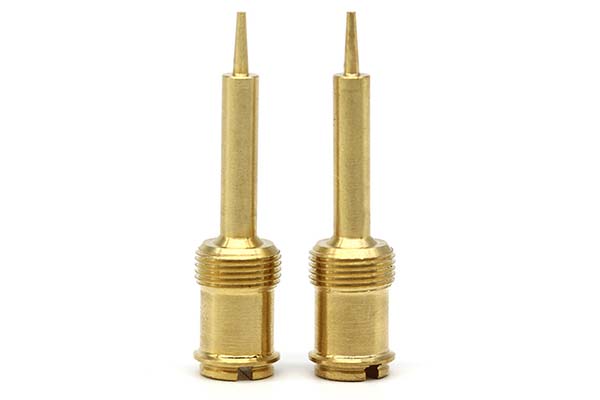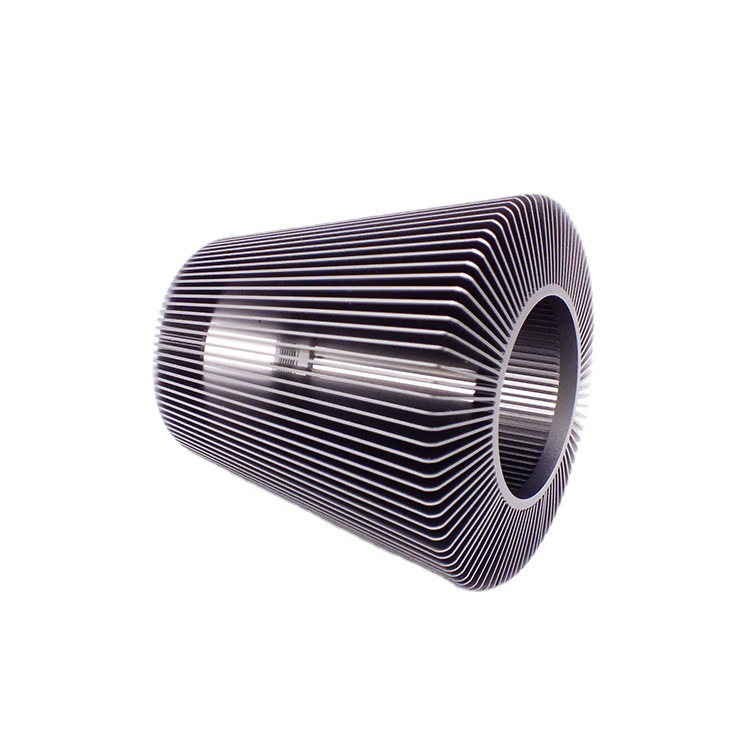Picture this: You’ve just received a batch of precision gears, but when assembled, they produce excessive noise and wear out faster than expected. The culprit? Poor surface roughness. What seemed like a minor detail—those tiny peaks and valleys on the metal surface—ended up costing your project time, money, and reliability. Surface roughness isn’t just about aesthetics; it directly impacts performance, durability, and functionality across industries. Whether you’re manufacturing medical implants or aerospace components, mastering machined surface roughness is non-negotiable. In this guide, we’ll demystify how to measure it, what affects it, and how to improve it—so you can avoid costly mistakes and deliver superior parts.
Measurement of Surface Roughness: Quantifying the Microscopic
To control surface roughness, you first need to measure it accurately. The right tools and parameters turn subjective “smoothness” into objective data. Here’s what you need to know:
- Roughness parameters: The most common metrics are Ra (Arithmetic Average Roughness) and Rz (Maximum Height of Profile). Ra calculates the average deviation from the mean surface line, while Rz measures the distance between the highest peak and lowest valley in a sample length. For example, a Ra value of 0.8 μm is considered smooth for most mechanical parts, while Ra 12.5 μm is relatively rough.
- Profilometer: This is the workhorse of surface measurement. Contact profilometers drag a stylus across the surface, recording height variations with precision up to 0.001 μm. They’re ideal for flat or cylindrical surfaces but can scratch delicate materials like soft metals or polymers.
- Non-contact measurement: Optical measurement tools, such as laser scanners, use light to map surfaces without physical contact. They’re faster than contact methods and safe for fragile parts, though they may struggle with highly reflective surfaces. Atomic Force Microscopy (AFM) takes it a step further, imaging nanoscale roughness (down to 0.1 nm) for applications like semiconductor manufacturing.
Choosing the right method depends on your needs: AFM is overkill for a steel shaft, but essential for a microchip’s circuit board.
Factors Affecting Surface Roughness: The Hidden Variables
Surface roughness is influenced by a complex interplay of factors, many of which are within your control. Let’s break them down:
- Machining parameters: Cutting speed, feed rate, and depth of cut are the “big three.” A study in the Journal of Manufacturing Science found that doubling the feed rate (from 0.1 to 0.2 mm/rev) increased Ra by 40% in turning operations. Conversely, increasing cutting speed (within limits) can reduce roughness by minimizing tool contact time.
- Tool material and wear: Sharp, high-quality tools produce smoother surfaces. Carbide tools outperform high-speed steel (HSS) in roughing operations, while diamond tools deliver mirror finishes in precision work. However, as tools wear, their cutting edges dull, creating more friction and rougher surfaces—tool wear of just 0.1 mm can increase Ra by 25%.
- Workpiece material: Harder materials like titanium or ceramics tend to produce smoother surfaces than soft metals like aluminum, which can tear or deform under the tool. Coolant use also plays a role: Without proper cooling, heat buildup softens the workpiece, leading to irregularities.
- Vibration: Even tiny vibrations (from loose fixtures or unbalanced spindles) create waviness or chatter marks. Isolating the machine from external vibrations (e.g., nearby equipment) can reduce Ra by 30% in sensitive operations.
Surface Roughness in Different Machining Processes: What to Expect
Each machining process leaves a unique “fingerprint” on the surface. Here’s how they compare:
| Process | Typical Ra Range (μm) | Best For | Key Considerations |
| Turning | 1.6–12.5 | Cylindrical parts (shafts, bushings) | Feed rate has the biggest impact on roughness |
| Milling | 3.2–25 | Flat or complex 3D shapes | Tool path and number of flutes matter |
| Grinding | 0.025–1.6 | High-precision surfaces (bearings) | Abrasive grit size determines finish |
| Drilling | 6.3–50 | Holes in metal or wood | Exit surfaces are rougher than entry |
| EDM | 0.4–6.3 | Hard or complex shapes (molds, dies) | “White layer” (recast material) affects finish |
| Laser machining | 0.8–3.2 | Microfeatures (medical stents) | Heat-affected zone can increase roughness |
CNC machining offers more control than manual processes, as programmed parameters reduce variability. For example, CNC grinding can consistently achieve Ra 0.1 μm, while manual grinding might vary between 0.1 and 0.8 μm.
Improving Surface Finish: From Rough to Refined
Even after machining, you can enhance surface roughness with these techniques:
- Polishing: Using abrasive compounds (e.g., aluminum oxide) on a rotating wheel can reduce Ra from 1.6 to 0.025 μm. It’s labor-intensive but essential for aesthetic parts like automotive trim or jewelry.
- Honing and lapping: Honing uses abrasive stones to smooth internal surfaces (e.g., engine cylinders), improving Ra by 50–70%. Lapping—a slower process using abrasive slurries—achieves even finer finishes (Ra < 0.01 μm) for optical lenses or hydraulic valves.
- Post-machining processes: Coating processes like electropolishing or anodizing not only improve corrosion resistance but also fill in micro-irregularities, reducing Ra by 20–30%. For metal parts, shot peening (bombarding with tiny beads) can smooth surfaces while increasing fatigue strength.
- Optimizing parameters: Small adjustments go a long way. Reducing the feed rate by 10% in milling can lower Ra by 15%, while switching to a tool with more flutes distributes cutting forces more evenly.
Applications and Impact of Surface Roughness: Why It Matters
Surface roughness isn’t just a number—it affects real-world performance:
- Aerospace components: Turbine blades with Ra 0.4 μm experience 20% less drag than those with Ra 1.6 μm, improving fuel efficiency. Smooth surfaces also reduce heat buildup in high-speed flight.
- Medical devices: Implants like hip joints require ultra-smooth surfaces (Ra < 0.05 μm) to avoid irritation or rejection. Roughness can trap bacteria, increasing infection risks.
- Automotive parts: Engine bearings with Ra 0.8 μm last 30% longer than those with Ra 3.2 μm, as smoother surfaces reduce friction and wear. Brake discs with controlled roughness (Ra 1.6–3.2 μm) balance grip and wear resistance.
- Sealing applications: Gaskets and O-rings rely on smooth mating surfaces (Ra < 1.6 μm) to prevent leaks. A 0.1 mm increase in roughness can double leakage rates in hydraulic systems.
Yigu Technology’s Perspective: Precision in Every Micron
At Yigu Technology, we recognize that surface roughness is a critical indicator of part quality. Our CNC machining centers are calibrated to maintain tight Ra tolerances, with in-process surface roughness measurement using profilometers to ensure consistency. Whether you need Ra 0.025 μm for optical components or Ra 6.3 μm for structural parts, our engineers optimize toolpaths, materials, and post-processing to meet your specs. We combine technical expertise with advanced equipment to deliver surfaces that perform—every time.
FAQs
- What’s the difference between Ra and Rz?
Ra is the average roughness over a surface, while Rz measures the maximum peak-to-valley height. Ra is better for overall smoothness, while Rz highlights extreme irregularities—critical for sealing or bearing surfaces.
- How does surface roughness affect corrosion resistance?
Rough surfaces have more crevices where moisture and contaminants can accumulate, accelerating corrosion. A study found that reducing Ra from 6.3 to 0.8 μm increased stainless steel’s corrosion resistance by 50% in saltwater tests.
- Can I achieve a mirror finish (Ra < 0.025 μm) on all materials?
It depends on the material: Hard metals like stainless steel or tungsten can reach mirror finishes with diamond turning or lapping, but soft metals like aluminum may require plating (e.g., chrome) to achieve similar results.
